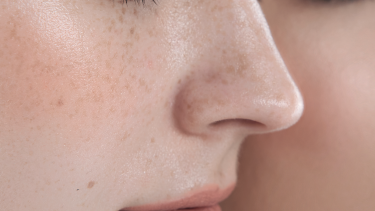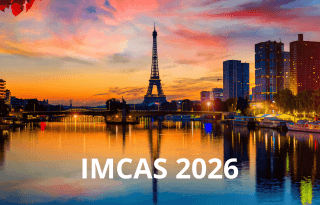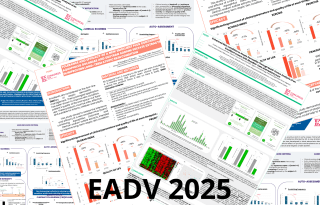Rosacea
Rosacea is a chronic inflammatory skin condition. It is localized in the centrofacial region, with clinical signs that include erythematous plaques, telangiectasia, papules, pustules and edema.
There are several subtypes of rosacea, including erythematotelangiectatic, papulopustular and hypertrophic rosacea.
- Read more
-
It develops chronically and can be complicated by sometimes severe ocular damage, pyoderma faciale (rosacea fulminans) and rhinophyma (severe hypertrophic form).
It is characterized by alternating periods of exacerbation and remission.
It occurs predominantly in women with light phototypes after the age of 30. It is sometimes mistaken for acne, which can cause problems as acne products may further irritate the fragile skin of someone with rosacea.
It can be linked to genetic factors (family history, etc.) and there are triggering factors (invasion by microbial agents such as Demodex, stress, sunlight, extreme temperatures, spicy foods, hot drinks, alcohol and tobacco).

Advice sheets for your patients
Proposed by Avène
Co-prescription orders
Proposed by Avène

Summaries of publications and clinical results
Find all our summaries by expertise.
View all summariesWant to read on?
This access is reserved for professionals, registered on Pierre Fabre For Med.
To access the full content, please register or log in if you already have an account.


